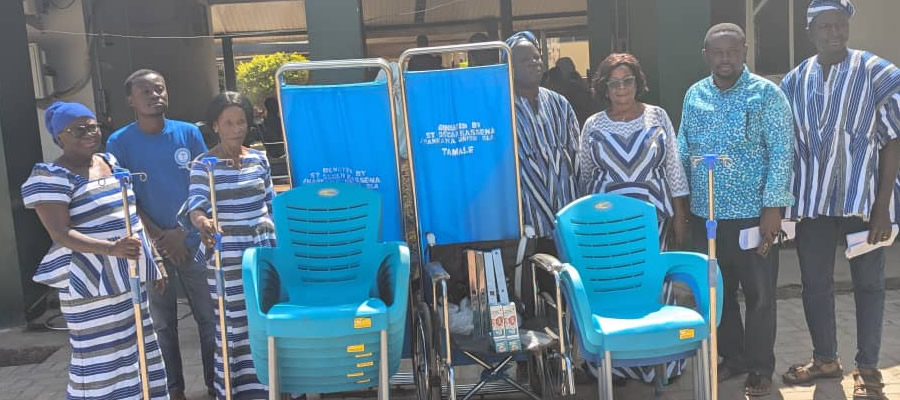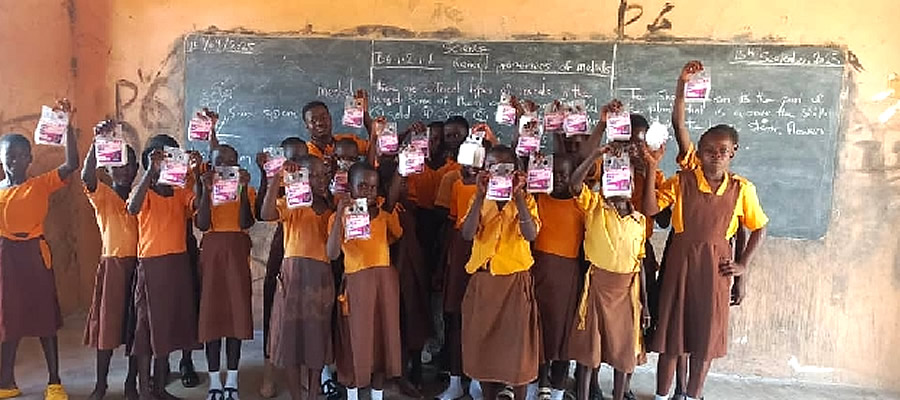
The majority of the people live in huts built of mud and roofed with straw or zinc. The main features of the predominantly traditional architecture are round huts with flat roofs and small windows with poor ventilation.
There is a great potential in the Region for the large-scale production of rice, especially in the now onchocerciasis (river blindness) free zone. In fact, this zone, which is around FumbisiGbedembillisi area, is normally termed the “rice-bowl” of the Region. This area has vast lands and suitable soil, which if properly exploited, would give high yield of rice.
The Region also has a great potential in the area of cash crop production and fish farming. This is due to the existence of many irrigation sites in the Region. In addition to the Vea and Tono irrigation dams, there are more than 220 dams and dugouts in the Region, which have lands suitable for crops such as onion, tomatoes and pepper.
In spite of the relatively developed nature of the mining and quarrying industry, the industry has potential for further development. Potential investors therefore stand to gain from the sector, considering the „ready-market? available and the existence of large tracks of granite rock outcrops especially in Chiana and its environs. This, however, requires a feasibility study of the lifespan of the deposits and a comprehensive environmental impact assessment. It is also known that large deposits of manganese exist in areas between Nangodi and Duusi and to the north west of Pwalugu.
No exploitation of this mineral has been carried out yet. Investors could therefore take advantage of this. There is a large prospect in the Region for investors wishing to go into brick and tile production because of the availability of large deposits of clay of various types. Areas with clay deposits include Gambibgo, Zanlerigu, Yikini and Kalbeo. Burnt bricks produced from clay deposits can be used in the development of cheaper housing, which is in line with the government’s policy of developing rural dwellings using more local resources. Thus, this should be an incentive to potential investors. As already indicated, small-scale industries constitute the most important industries in the Region.
An investment in this sector (especially in basketry, leather works and smock 8 weaving) in the form of the injection of capital would help expand production to meet the growing demand for these crafts outside the country. Markets abound for these crafts in countries such as Britain, Germany and the USA. Already, these constitute a large proportion of non-traditional exports.
Date Created : 11/29/2017 6:11:07 AM












 facebook
facebook
 twitter
twitter
 Youtube
Youtube
 +233 593 831 280
+233 593 831 280 0800 430 430
0800 430 430 GPS: GE-231-4383
GPS: GE-231-4383 info@ghanadistricts.com
info@ghanadistricts.com Box GP1044, Accra, Ghana
Box GP1044, Accra, Ghana